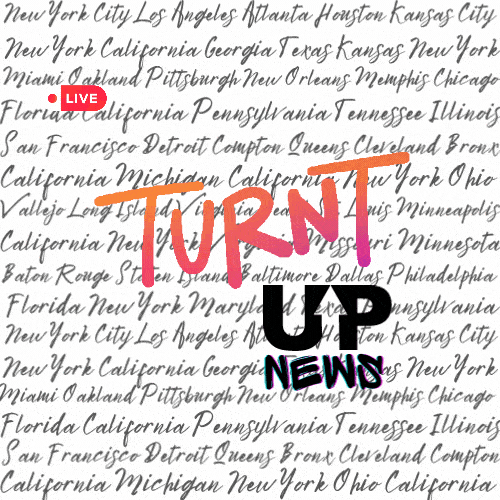🏄♂️ Wave on Demand: Surf’s Up or Bust? Hawaiian Paradise Divided Over Faux Surf Lagoon 🌊
TL;DR:
In Hawaii, the birthplace of surfing, a controversial proposal is causing ripples. Native Hawaiian surfing legend, Brian Keaulana, aims to build an artificial wave pool, ensuring perfect surf for competitors anytime they need it. However, not all are onboard with this wave of change. Opponents, including fellow Hawaiians, see it as a threat to the surrounding natural environment and a potential desecration of ancient cultural sites. The future of this ambitious project now rides on the outcome of an ongoing lawsuit, setting the stage for a legal showdown between progress and tradition. 🌴⚖️
Picture this: a perfect wave, each time, every time, and right on your schedule. Sounds like a surfer’s dream, right? Well, not if you ask everyone in Hawaii. The proposal to build an artificial wave pool in the very heartland of surfing is making waves – and not everyone’s stoked to ride them.
Brian Keaulana, a renowned Hawaiian surfer and lifeguard, backed by his deep-seated connection to the ocean, wants to raise the bar by creating a reliable surf haven. Here, perfect breaks won’t be dependent on the whims of nature, but on-demand. Imagine trading in the unpredictability of the sea for a perfectly choreographed, wave-on-tap experience. A surfing paradise? Or is it more like, ‘surf’s up, tradition’s down?’ 🏄♂️🤔
The idea has created quite a splash. It’s become the talk of the town, the town being Ewa Beach, Hawaii. And it’s even made its way to the courtroom. The project has attracted opposition primarily from Native Hawaiians, who see it as a commodification of their deeply ingrained cultural practice. There’s an unease about controlling and commercializing a cultural cornerstone, not to mention the potential environmental impact on the nearby beach. But does embracing change mean turning your back on tradition? 🌊💔
Keaulana and his business partner, Keno Knieriem, argue that their wave pool isn’t just about good times; it’s also about giving Hawaii’s competitive surfers an edge and offering a controlled environment to hone life-saving skills. The facility would simulate ideal conditions using cutting-edge technology that can generate up to 1,000 waves per hour, accommodating 80 surfers at once. Each wave could be tailor-made – big waves, kid-friendly waves, you name it. But does tailor-made surf lose something of the spontaneity and challenge of natural waves? 🤖🏄♀️
Surfers worldwide are divided over the debate. Some, like Sheldon Paishon, believe the facility would be beneficial, providing a space to train when the sea is too calm. On the other hand, critics like Healani Sonoda-Pale argue that surfing should be dictated by nature, not technology. As a self-proclaimed water protector, she questions whether an artificial wave pool is really necessary to excel in surfing. Does surfing’s essence lie in harnessing nature’s unpredictability or in mastering man-made perfection? 🌺🤷♀️
Adding to the debate, there’s the question of whether this project aligns with Hawaii’s environmental commitments. Knieriem assures that the project would incorporate water conservation, off-the-grid electricity, and native plants in its landscaping. And yet, a lawsuit alleges the 7-million-gallon artificial pool could damage the nearby seaweed beds and desecrate ancient Hawaiian remains. It’s a classic showdown – nature vs





